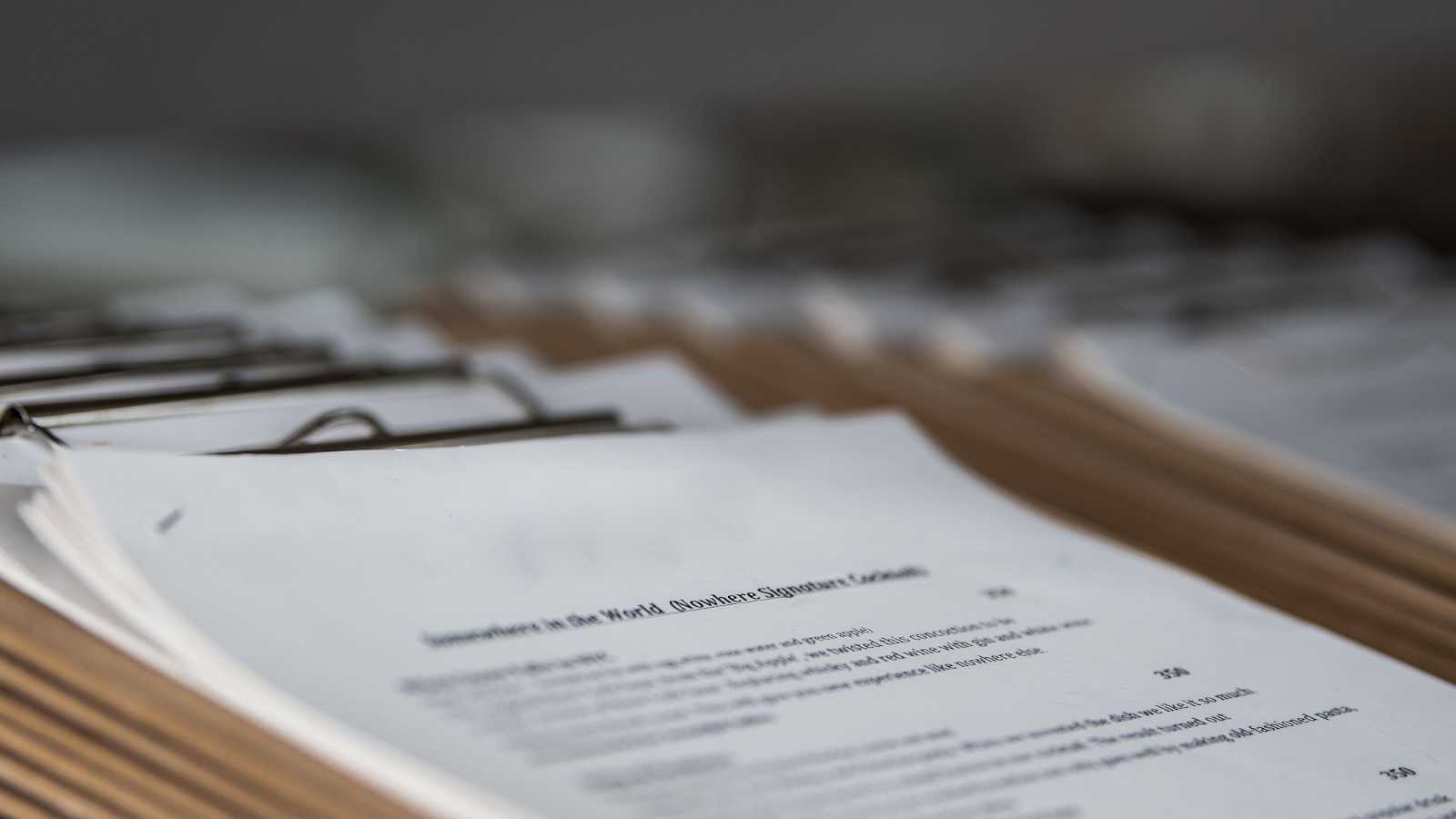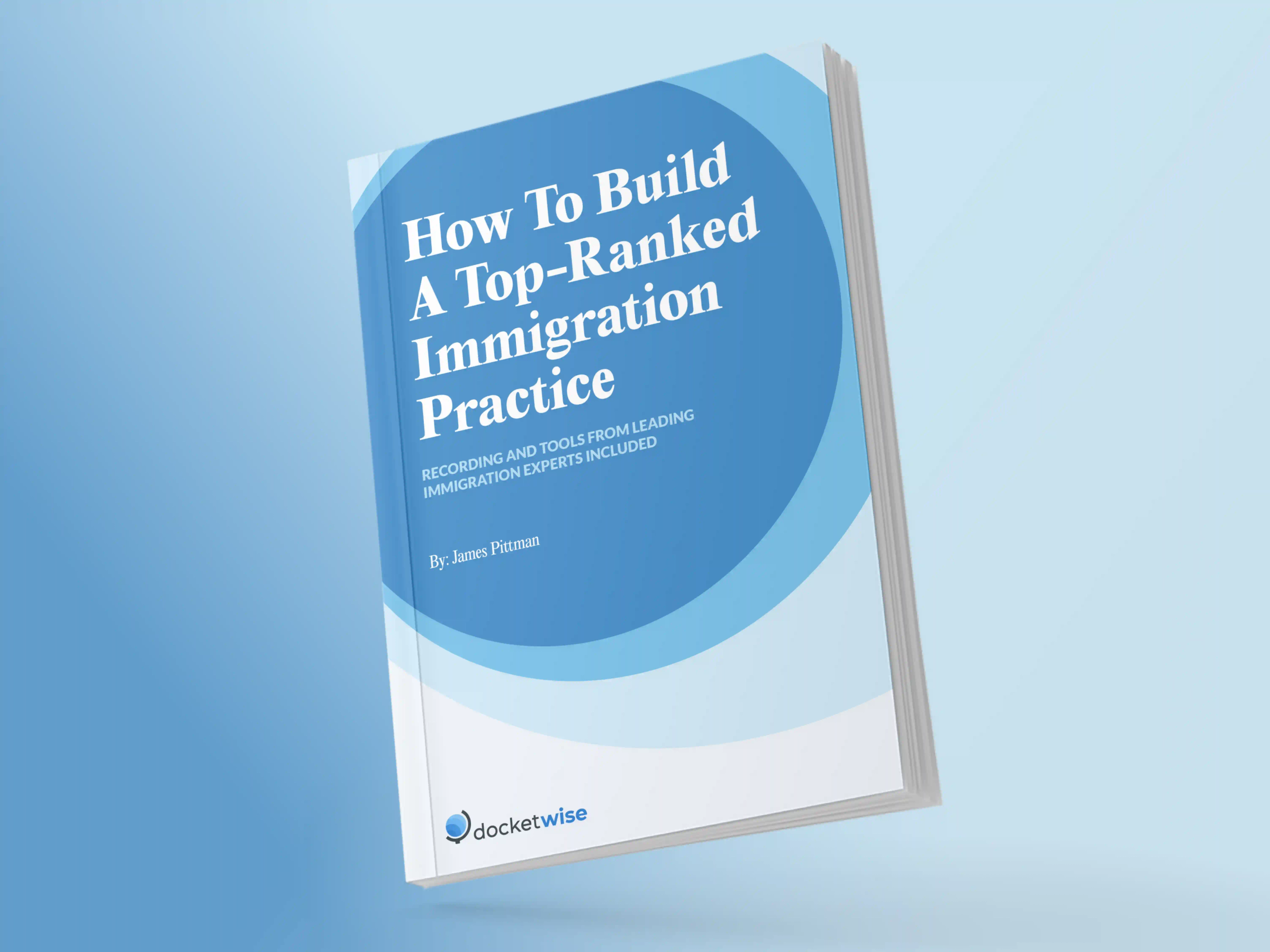The H-1B visa is likely the best-known visa program in the US. Its popularity is mostly due to its size — almost 1.8 million H-1B visas were issued between 2001 and 2015, and USCIS received almost 500.000 eligible H-1B registrations for FY 2025. This demand, coupled with frequent media coverage, has kept the H-1B visa in the spotlight. Unfortunately, the news hasn’t always been positive. Recently, H-1Bs are back in the news as more than 100,000 employment-based green cards are set to expire soon.
Country caps combined with high demand for green cards have led to incredible wait times. And as green card backlogs continue to grow, there is an increasing demand for H-1B visa extensions.
This is particularly relevant for Indian nationals and other foreign national groups facing extensive wait times due to country-specific caps. Fortunately, the American Competitiveness in the 21st Century Act (AC21) provides a solution for extending H-1B status beyond six years. AC21 allows for extensions in certain circumstances, ensuring that H-1B visa holders can remain in the US while their green card applications are pending.
So, what can you do when an H-1B visa holder is reaching their six-year limit? Here’s a quick refresher about the basics of the H-1B visa, how to extend H-1B visa status beyond six years, and how you can approach this problem as an immigration attorney.

Understanding the H1-B Visa
The H-1B visa is a non-immigrant, employment-based visa that enables U.S. employers to hire foreign professionals in specialty occupations, particularly in fields like science, technology, engineering, and mathematics (STEM). These roles require a minimum of a bachelor's degree or its equivalent in the specific field. In 2024, the H-1B program has undergone updates to reduce fraud and promote fairness in the selection process.
The annual cap remains at 65,000 visas, with an additional 20,000 for individuals holding advanced degrees from U.S. institutions. Due to the high demand, the U.S. Citizenship and Immigration Services (USCIS) uses a lottery system to select petitions, now emphasizing unique beneficiaries to prevent multiple entries for the same individual.
What is the H-1B Visa Time Limit?
The H-1B visa is initially issued for three years and can be extended for another three years, making the total maximum duration six years. However, extending the period under specific conditions we will outline below is possible.
That being said, the original, six-year period includes the entirety of the time spent in the U.S. under H-1B status. After reaching this limit, the visa holder must either switch to another visa category, leave the U.S. for at least one year before reapplying for a new H-1B visa, or pursue a green card to continue their stay and employment in the U.S.
Why is there a Six-Year Limit to the H-1B Visa?
The six-year limit on the H-1B visa balances its temporary nature with the need to support long-term employment for foreign professionals. This time frame ensures that the H-1B program remains a temporary solution rather than a route to permanent residency. It encourages employers and employees to transition to permanent residency through the green card process for long-term employment in the U.S. The limit helps regulate the flow of foreign workers and maintains the visa's temporary status.
Provisions for Extending the H-1B Visa Beyond Six Years
Those seeking to get an H1B extension after 6 years have several options under the American Competitiveness in the Twenty-First Century Act—they can either get a single-year or a three-year extension.
The condition of "recapture time" allows H-1B holders to add back days spent outside the U.S. to their visa duration, extending their stay.
H1-B Extension Beyond Six Years with No Recapture Time
Even without the benefit of recapture time, H-1B visa holders can extend their stay beyond six years under certain conditions. As we’ve already mentioned, the American Competitiveness in the 21st Century Act, particularly Section 106(a), allows for extensions if 365 days have passed since the filing of the PERM labor certification or the I-140 immigrant petition.
In cases where the I-140 petition is approved but the priority date is not current due to per-country limits, a three-year extension can be granted. These conditions enable H-1B holders to maintain their legal status while they transition from H-1B to a green card, ensuring they can continue to work and live in the U.S. even without recapturing time spent outside the country.
Criteria for One-Year H1-B Extension Beyond Six Years
H-1B visa holders nearing the six-year limit can extend their stay by one year if specific conditions are met. To qualify for this extension, a PERM application or I-140 petition must be filed at least 365 days before the H-1B visa’s expiration. For example, if a PERM was filed on April 20, 2023, and the visa expires on April 21, 2024, an extension can be requested in January 2024, allowing the holder to stay until April 2025. This process ensures that the visa holder can maintain their legal status and continue working in the U.S. while their green card application is pending.
Leveraging AC21 Provisions for H1-B Extensions
The American Competitiveness in the 21st Century Act offers vital options for extending H-1B visas beyond the six-year limit.
As an immigration lawyer, effectively leveraging these provisions can help your clients maintain their status and plan for the future. Here's how you can advise your clients under AC21:
One-Year Extensions: Strategic Advice
Eligibility: Clients qualify if their PERM application or I-140 petition is filed at least 365 days before their H-1B visa expires.
Legal Strategy: Encourage clients to start their green card process early. Highlight the importance of timely filing to utilize the one-year extension. This can provide crucial additional time, especially if the green card process faces delays.
Three-Year Extensions: Planning Ahead
Eligibility: Clients can receive three-year extensions if their I-140 is approved but they cannot file for adjustment of status because their priority date is not current.
Legal Strategy: Advise clients on the benefits of this extension for long-term planning. Discuss the impact of country-specific caps and priority dates, and how this provision can provide stability while they wait for their green card.
Detailed Breakdown of AC21 Provisions for H-1B Extensions in 2024
We mentioned that it is possible to have an H1-B extension beyond six years. As of 2024, AC21 is vital for extending H-1B status beyond the typical six-year limit.
Under Section 104(a) of the AC21, H-1B holders with an approved I-140 immigrant petition, who face visa number limits, can receive one-year extensions. Additionally, Section 104(c) allows three-year extensions if the I-140 is approved but no visa is available due to backlogs.
Employers must file Form I-129, including proof of the approved I-140 and visa backlog, ideally six months before the current status expires to prevent employment gaps. Section 105 offers portability, allowing H-1B holders to change employers while an extension is pending, provided the new employer files a concurrent H-1B petition. Section 106 permits one-year extensions if a labor certification or I-140 has been pending for at least 365 days before the six-year cap.
These can continue as long as the green card process is active. H-1B holders can also recapture time spent outside the U.S. to extend their visa duration by reclaiming days spent abroad, with detailed travel records required. Special provisions align H-4 dependents’ stay with the principal H-1B holder’s extended status and allow concurrent employment for H-1B holders under separate petitions. Recapture rules enable the addition of days spent outside the U.S. to the six-year limit, supporting frequent travelers and potentially resetting the clock for a new six-year term upon reentry.
Standard H-1B extensions are limited to an initial three-year period plus one three-year extension, based solely on employment. In contrast, AC21 H1-B extensions go beyond six years, tied to the green card process, with flexibility for job changes and continuous employment. This promotes job mobility and aligns with long-term employment and residency goals, offering strategic advantages for H-1B holders seeking permanent residency in the U.S.
Below we will take a look at the components of AC21 including AC21 sections 106(a) and (b) as well as section 104(c).
AC21 Section 104(c)
AC21 Section 104(c) allows H-1B visa holders to extend their status in three-year increments beyond the six-year limit if they have an approved I-140 petition and are unable to file for adjustment of status due to per-country visa number limits. This provision ensures that H-1B workers can remain in the U.S. while waiting for their priority dates to become current, providing stability and continuity in their employment.
AC21 Section 106(a)
AC21 Section 106(a) permits one-year extensions of H-1B status if 365 days or more have passed since the filing of a labor certification (PERM) or an I-140 petition. AC21 106(a) allows H-1B holders to extend their stay year by year while their green card applications are being processed, helping them avoid gaps in legal status and employment.
AC21 Section 106(b)
AC21 Section 106(b) provides further assurance by stating that one-year extensions must be granted as long as the conditions of Section 106(a) are met. This means that as long as the labor certification or I-140 has been pending for over a year, the H-1B status can be extended until a final decision on the green card application is made.
Who is Eligible to Extend Their H-1B Visa Beyond Six Years with AC21?
A person is eligible for an AC21 H-1B extension if:
Their employer has filed a PERM application or an I-140 petition at least 365 days before the end of the six-year period.
They have an approved I-140 but cannot file for adjustment of status due to per-country caps.
H-1B holders can maintain their legal status in the U.S. while going through the lengthy H-1B visa to green card process, thereby providing greater job security and planning stability for both employees and employers.
Practical Considerations and Recommendations
For immigration attorneys advising H-1B visa holders and employers, it's crucial to emphasize the importance of timely filing and maintaining continuous employment to ensure extension eligibility. Strategic planning is vital, particularly when dealing with pending PERM applications or approved I-140 petitions, to avoid any gaps in status.
Regular consultations with immigration attorneys are recommended to provide personalized guidance, helping to navigate complex scenarios such as changes in employment or handling visa backlogs effectively.
Practice Tips: Navigating H-1B Visa Extensions Beyond Six Years
As you begin the process of filing extensions under AC21, here are three action items that can help you better support your H-1B clients:
Educate Your Clients: Clarify the H-1B process, especially for extensions beyond six years. Explain the eligibility for one-year and three-year extensions under AC21, focusing on PERM applications or I-140 petitions filed at least 365 days before the end of the sixth year.
Strategic Filing and Planning: Encourage clients to file for extensions early to avoid status gaps. You can also track the H-1B petition status of your client directly through USCIS or your immigration software of choice. Highlight the importance of continuous employment and proactive planning, especially for those with pending PERM or approved I-140 petitions.
Consultation with Immigration Attorneys: Recommend regular legal consultations to navigate H-1B extension complexities. Personalized advice can address specific situations, such as job changes or visa backlogs, ensuring compliance and successful extensions.
Docketwise Can Help Your Immigration Law Firm Navigate H-1B Visa Extensions
Thousands of green card applicants are facing extended wait times for permanent residency, but filing an extension under AC21 is an often essential maneuver to ensure that your clients’ H-1B visas don’t expire while they are waiting. If you’re just getting started with H-1B visas, or you’ve done a few in the past and are building up your practice, you’ll want forms and case management software that helps your firm scale production and realize efficiencies.
And H-1B E-Filing with Docketwise is a breeze.
Docketwise enables thousands of immigration attorneys to streamline their practices, including attorneys who handle H-1B visas. With our business immigration case management features, we help you stay up to date on all your cases, communicate easily with your clients, and otherwise build and manage your firm. If you want to learn more about Docketwise, schedule a demo at the link below, or sign up for our Immigration Briefings newsletter for daily and weekly immigration updates!
Unlock Your Success as an Immigration Lawyer.
Download Now
About the author

James PittmanAttorney & Co-FounderDocketwise
James Pittman is co-founder of Docketwise and was previously engaged in the private practice of US Immigration Law. He also regularly teaches Continuing Legal Education (CLE) classes on immigration law topics and legal ethics. He is admitted to practice in New York and New Jersey and is a graduate of Northeastern University School of Law.